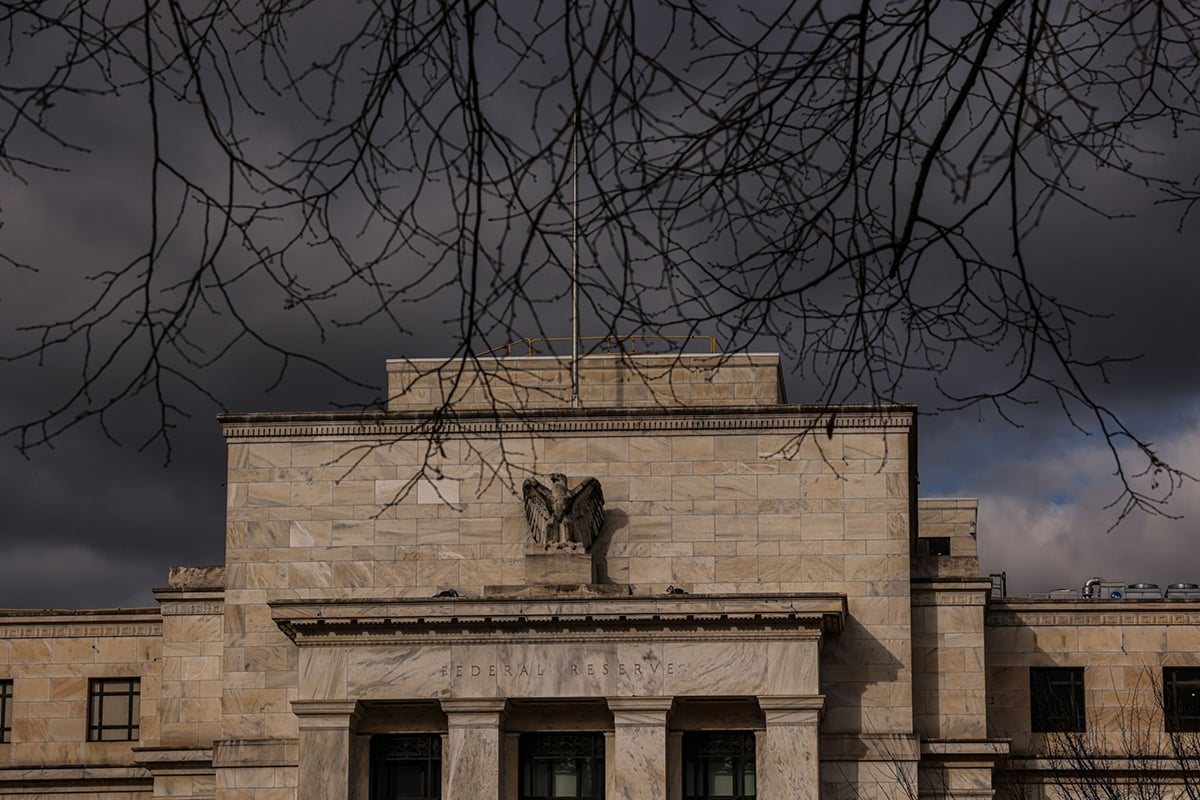OPEC extended oil production cuts for nine more months afterlast year's landmark agreement failed to eliminate the globaloversupply or achieve a sustained price recovery.
|Members of the organization agreed to prolong their accordthrough March, said two delegates familiar with the decision,asking not to be identified before an official announcement ismade. Ministers are scheduled to discuss the extension withnon-member producers later on Thursday.
|Six months after forming an unprecedented coalition of 24nations and delivering output reductions that exceededexpectations, resurgent production from U.S. shale fields hasmeant oil inventories remain well above targeted levels. Whilesupplies are shrinking, ministers acknowledged that the surplusbuilt up during three years of overproduction won't clear until atleast the end of 2017.
|Maintaining the same production cuts through March “is a verysafe and almost certain option to do the trick,” Saudi Oil MinisterKhalid Al-Falih said at the opening session of the group's meetingin Vienna. “It's likely we'll be balanced earlier than later.”
|The Organization of Petroleum Exporting Countries agreed inNovember to cut output by about 1.2 million barrels a day. Elevennon-members including Russia joined the deal in December,bringing the total supply reduction to about 1.8 million. The curbswere intended to last six months from January, but confidence inthe deal, which boosted prices as much as 20%, waned as inventoriesremained stubbornly high and U.S. output surged.
|Al-Falih insisted the cuts are working, saying stockpilereductions will accelerate in the third quarter and inventorylevels will come down to the five-year average in the first quarterof next year. While he expects a “healthy return” for U.S. shale,that won't derail OPEC's goals, he said.
|Libya and Nigeria will remain exempt from the output curbs asthey restore lost production, according to Al-Falih. Nigerian OilMinister Emmanuel Kachikwu said earlier in an interviewthat extending the deal would bring price stability,suggesting a “$50 floor” for oil if producers stick to theircuts.
|Benchmark Brent crude traded at $53.08 a barrel as of 11:54 a.m.in London, down 1.6%. Some investors are disappointed afterspeculating OPEC might announce some additional action, saidGiovanni Staunovo, an analyst at UBS Group AG.
|The oil market is also looking for clues as to what OPEC may doin 2018, a year when U.S. shale output growth is expected to matchan increase in demand. There's concern that OPEC could return tothe free-for-all production that caused prices to slump from 2014to 2016, though Al-Falih has insisted the organization willmaintain control.
|“We have said we will do whatever it takes,” the ministersaid.
|Bloomberg News
|Copyright 2018 Bloomberg. All rightsreserved. This material may not be published, broadcast, rewritten,or redistributed.
Complete your profile to continue reading and get FREE access to Treasury & Risk, part of your ALM digital membership.
Your access to unlimited Treasury & Risk content isn’t changing.
Once you are an ALM digital member, you’ll receive:
- Critical Treasury & Risk information including in-depth analysis of treasury and finance best practices, case studies with corporate innovators, informative newsletters, educational webcasts and videos, and resources from industry leaders.
- Exclusive discounts on ALM and Treasury & Risk events.
- Access to other award-winning ALM websites including PropertyCasualty360.com and Law.com.
*May exclude premium content
Already have an account? Sign In
© 2024 ALM Global, LLC, All Rights Reserved. Request academic re-use from www.copyright.com. All other uses, submit a request to [email protected]. For more information visit Asset & Logo Licensing.







